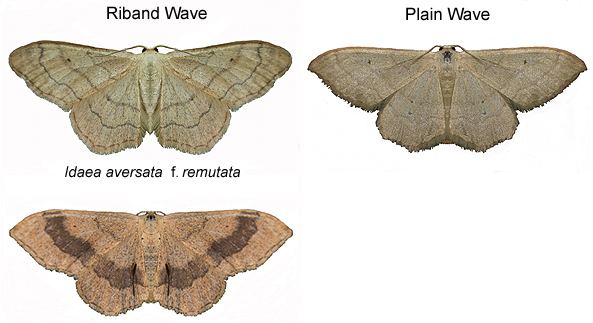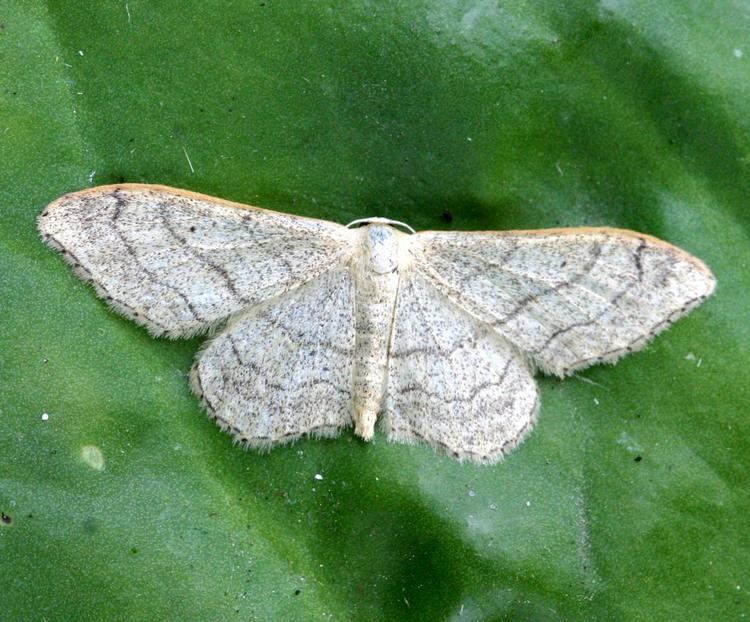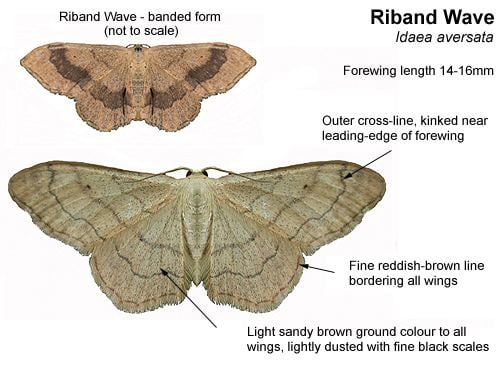Family Geometridae Scientific name Idaea aversata Rank Species | Genus Idaea Higher classification Idaea | |
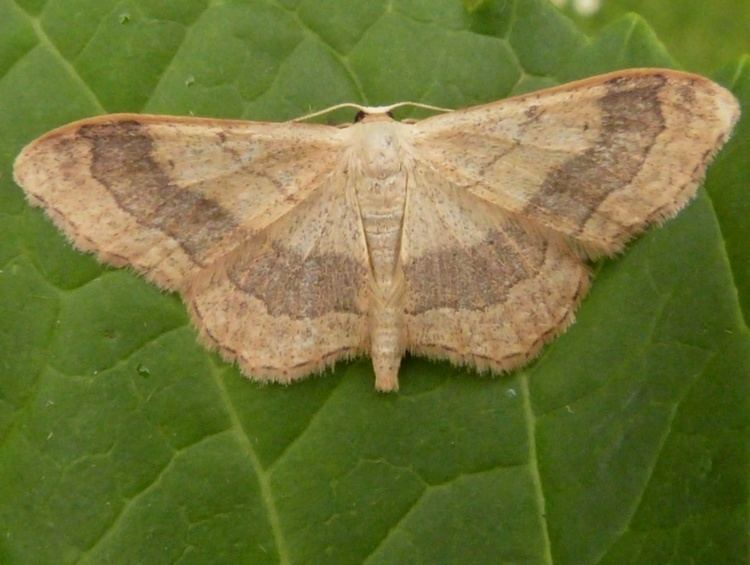 | ||
Similar Idaea, Small fan‑footed wave, Clouded border, Willow beauty, Common white wave | ||
The riband wave (Idaea aversata) is a moth of the family Geometridae.
Contents
Distribution
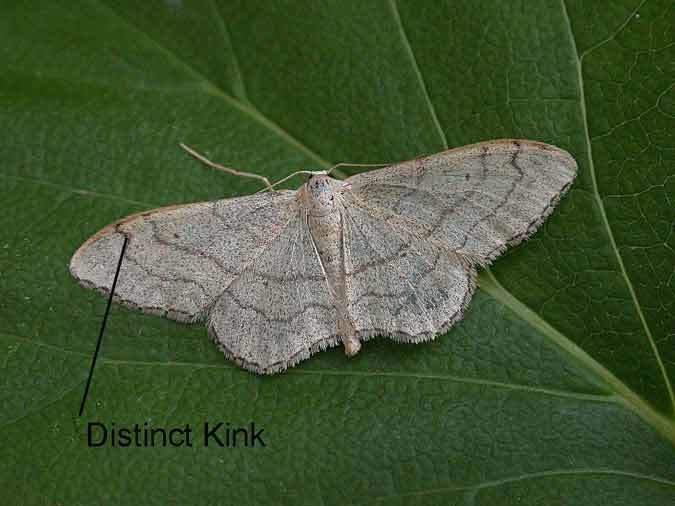
It is an abundant species in Europe, the Near East and North Africa. It is present in almost all of Europe to the Ural mountains. Records are few in the Iberian Peninsula and the Balkan peninsula. The north border is northern Sweden and northern Finland. The northernmost parts of Russia and a few areas of Russia's Northwest of the Caspian Sea are excluded. In North Africa (Eastern Algeria and Tunisia), there is a smaller presence belonging to a separate subspecies (Idaea aversata indeviata Prout, 1935). Outside Europe, the distribution area extends from northern Turkey up to the Caucasus, from there via Central Asia, Siberia and north-east China to Japan. The occurrence in Japan is regarded as subspecies (Idaea aversata japonica Inoue, 1955). A small, isolated occurrence in southern Turkey is remarkable.
Description
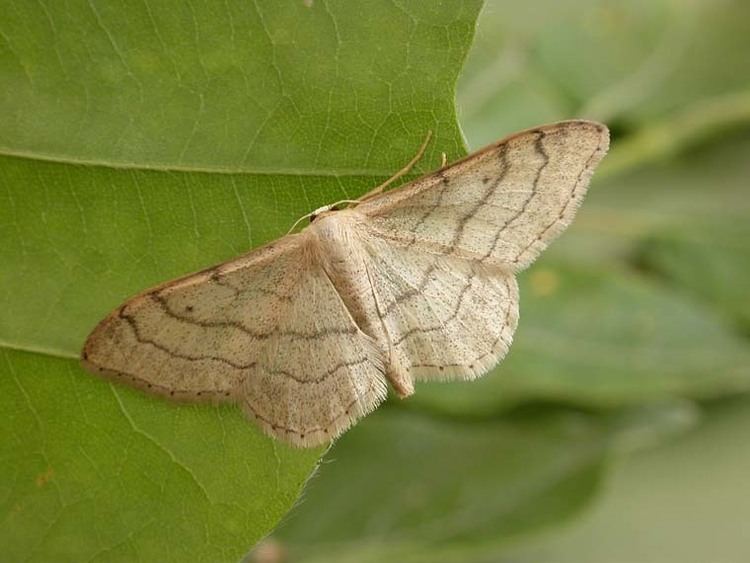
The species has a wingspan of 30–35 mm. Its distinctive outline is familiar at lighted windows. The wings are buff or cream with dark fasciae (bands). Two main forms exist, equally abundant: one has darker shading between the central fasciae, the other (designated ab. remutata) has not. The ground colour of the wings is whitish yellow to ochre. Some specimens have a red-orange tone colouring. The pattern elements are dark brown and clearly shown. On the forewings there are three crosslines; on the hind wings there are two crosslines. The outer cross line has a significant outward angle near the costa. The area between the middle and outer cross line is dark brown. The discal flecks are small and inconspicuous, they may also be missing. Small marginal dots lie at the outer edge and can make almost a narrow marginal line.
Biology
The adults fly at night from June to August, occasionally later [1], and are attracted to light.

The larva is brown, tapering towards the front, and feeds on a variety of plants including bedstraw, chickweed, dandelion and knotgrass. The species overwinters as a small larva.
- ^ The flight season refers to the British Isles. This may vary in other parts of the range.
